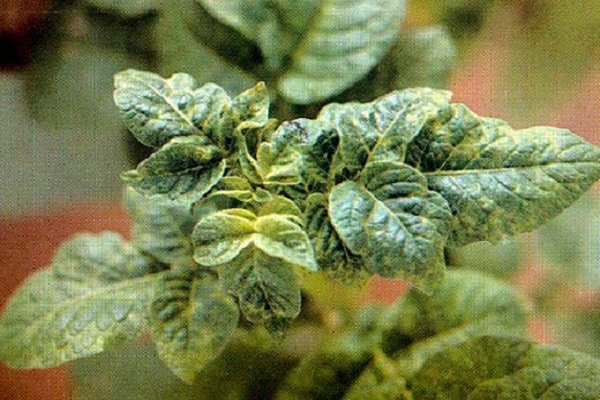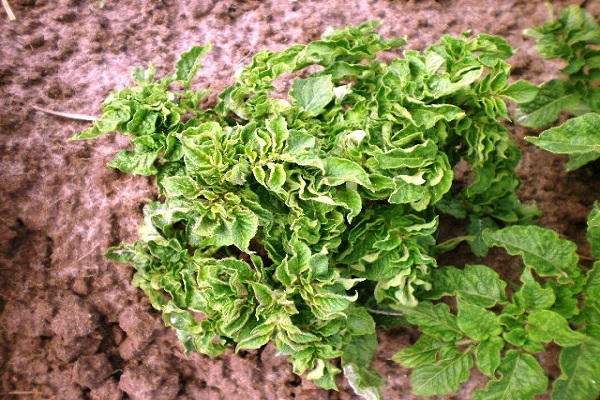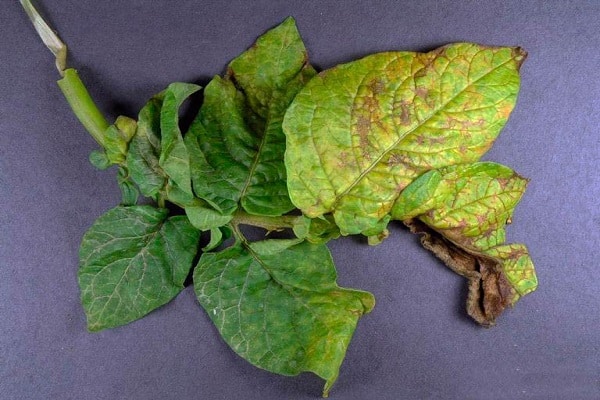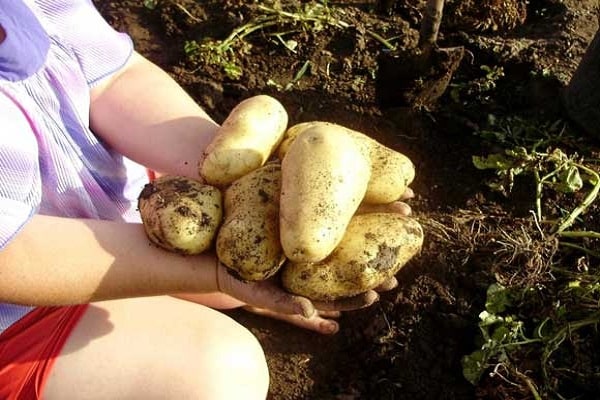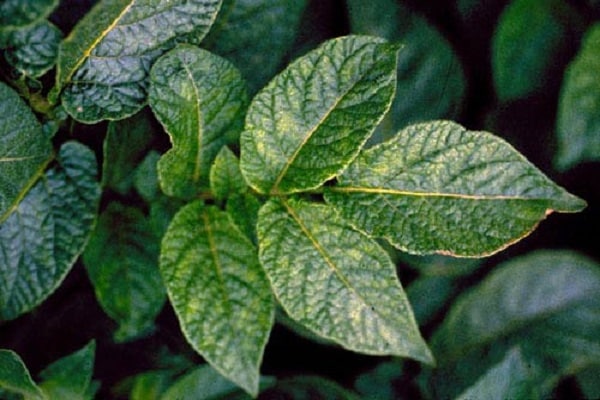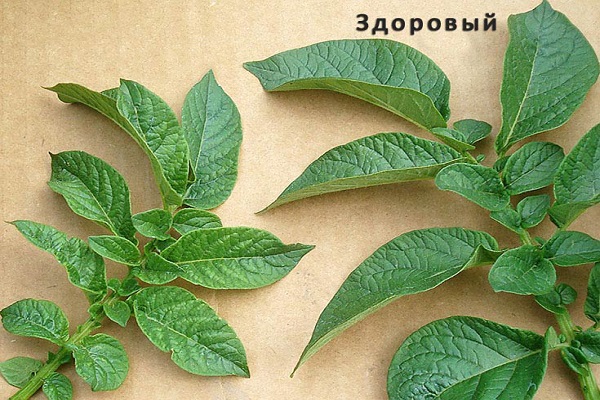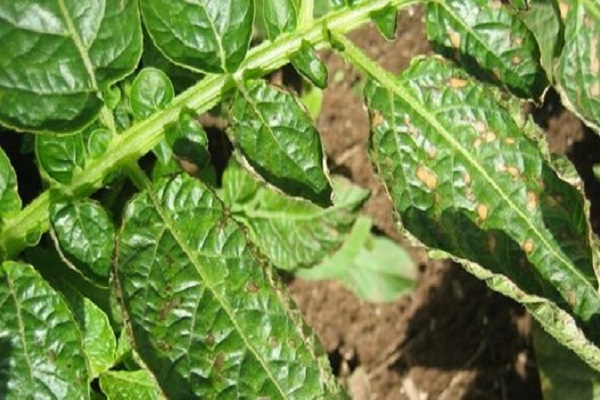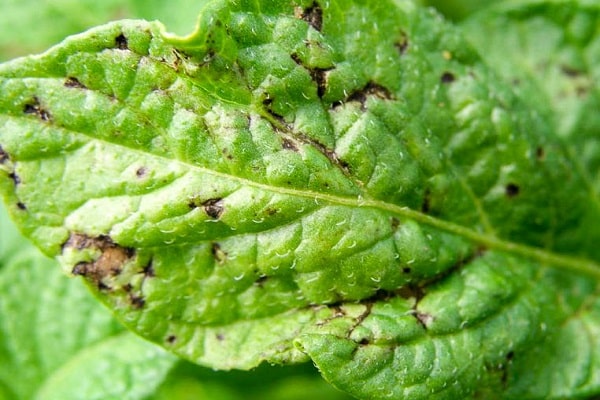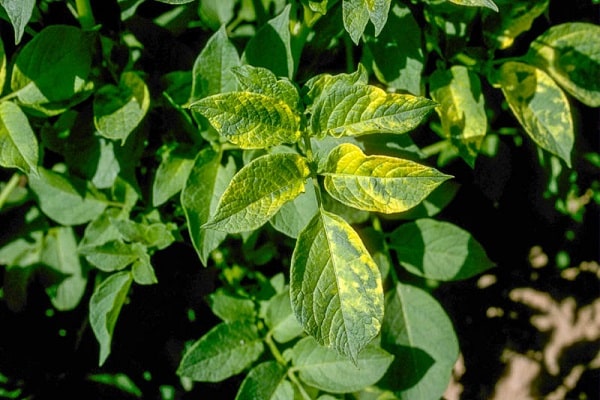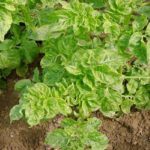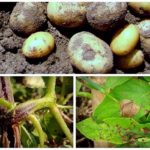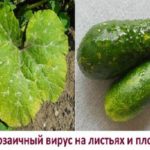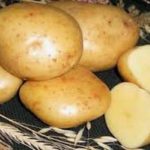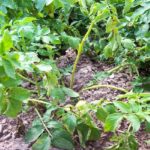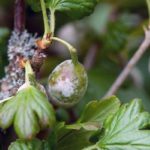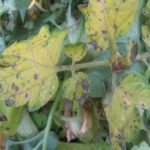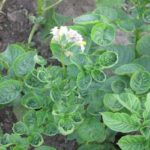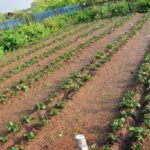It is not easy to grow potatoes on the plot; in addition to standard agrotechnical care techniques, it is necessary to treat the plants against diseases. Plants affected by this disease have wrinkled leaves. It is not easy to fight it; you should identify the beginnings of the disease in time and try to eliminate it as quickly as possible. Otherwise, crop losses may be 30% or more.
Features of the disease, symptoms
Among themselves, summer residents call the disease “curly.” Symptoms become especially severe only in the 3rd year.The height of the plants becomes significantly lower than that of healthy bushes. To correctly identify the disease, you need to take a close look at the external deformations of the leaves of the crop. Due to lack of moisture, leaf tissues develop unevenly. As a result, bumps and wrinkles form. Potato leaves lighten and curl and die, but do not fall off. The plant itself withers.
The stems of the bush affected by wrinkled mosaic are unable to retain moisture. Therefore, they quickly dry out and die. The growing season of a diseased plant is shortened by 3-4 weeks. As a result, the tubers grow small and the yield is significantly reduced.
Diseased bushes Potatoes almost never bloom.
When examining plants, it is important not to confuse wrinkled mosaic with other types of this disease. In addition, damage to a bush is not one, but several types of mosaics combined.
Favorable conditions for development
The active development of wrinkled mosaic is observed in the southern regions, where the weather is persistently hot for most of the growing season. But this disease also affects plants in other regions where it is hot for a long time.
Disease carriers
The first year the disease practically does not manifest itself, but the viruses overwinter well in the tubers. And next year they will strike with greater intensity. Mosaic is carried by aphids and other sucking insect pests. In addition, the pathogen lives in weeds, eating the leaves of which, insects transfer the disease to healthy potato bushes.
Mechanical processing of tubers, before planting or when performing other work on the site, can also transfer the virus from diseased potatoes to healthy ones. Therefore, you should use garden tools carefully or disinfect them.
How to treat potato wrinkled mosaic?
The description of potato wrinkled mosaic does not suggest treatment of the disease in several ways. There are no effective folk methods of struggle.
Reliance is placed on preventive measures:
- Use 100% healthy planting material. Tubers for seeds are selected directly on the site, so the summer resident knows better which bushes were healthy during the growing season. When germinating seed material, those tubers and sprouts that are deformed are immediately discarded. They contain the virus, which then spreads throughout the area.
- Seed potatoes Be sure to pickle before planting.
- If the slightest sign is detected in plants, immediately dig it up and destroy it; the bushes are burned or buried deep in the ground, in which pathogenic viruses die.
- Fighting disease carriers, aphids and Colorado potato beetles, cicadas and other insects. For this, plants are treated with special chemicals.
- Weed the beds regularly to remove weeds.
Do not use chemicals. At present, an effective means of combating this scourge has not yet been developed. Therefore, you should not get too carried away with useless means of protection to the detriment of your body.
Tips from summer residents on how to deal with wrinkled potato mosaic
A young gardener, encountering this disease for the first time, experiences difficulties. He seeks advice from more experienced people who have not only encountered the mosaic, but were also able to defeat it. All vegetable growers advise taking healthy planting material and carefully monitoring the plants. Carry out phytocleaning several times during the growing season. That is, remove all diseased and slightly affected plants.
Sergey Stepanovich: “I have been gardening and growing various crops for a long time, and at one time I encountered mosaic wrinkles. The main thing I want to advise is prevention and timely detection of the disease. It is better to dig up and burn a bush affected by the disease, or take it away from the site. Unfortunately, I still cannot distinguish diseased tubers from healthy ones.”
Pyotr Ivanovich: “The first thing I want to note is that the disease is practically invisible. An inexperienced vegetable grower will not be able to identify it so easily. Some gardeners confuse wrinkling with late blight. I myself don’t always identify it right away. But I pay great attention to the selection of seed material. I notice healthy bushes in advance, select tubers for seeds and from them. Therefore, the disease does not bother me much.”
Alexandra: “I know first-hand many types of potato mosaics. I advise everyone to take a closer look at the appearance of plants. Those bushes and leaves that become wrinkled should be immediately pulled out and taken away from the area. They are amazed by the wrinkled mosaic. For the first few years I confused the diseases, but now I can tell them apart right away. I select the seeds myself, I don’t trust anyone, I follow crop rotation, so we rarely encounter the disease.”
Types of potato mosaics
For young summer residents who are just starting to grow crops on their property, it would be useful to know the symptoms of other types of mosaics.
A correct diagnosis can only be made in a laboratory.
- Striped mosaic of potatoes. Leaves and stems become covered with spots or stripes. On the inside, between the veins, brown spots form. Initially, symptoms are noticed on the middle leaves, then the upper foliage and stem become covered with spots. Carried by aphids and other insects.The virus is transmitted during handling or cutting with garden tools.
- Speckled mosaic of potatoes. Another name for the disease is common mosaic. As a result of disease damage, crop losses amount to 12-45%. Symptoms are noticeable on young leaves and appear as mottling or mosaic spots. Plants are severely stunted in growth. It is transmitted by contact and by insects. In addition to potatoes, tomatoes, tobacco, nightshade, henbane and other plants are susceptible to the disease.
- Folded mosaic of potatoes. Leaves become folded or wavy. First they lighten and then take on a bronze tint. With intensive damage, the yield loss is 40%.
- Aucuba mosaic. Symptoms appear on the top leaves of the potato. When damaged, 40% of the harvest is lost. If the virus overwinters in tubers, symptoms are completely absent in the second year.
- Rustling mosaic. Its carrier is aphids. Therefore, symptoms appear first on the upper leaves. They begin to curl around the midrib and the inside becomes silvery. The leaves wither and dry out, causing them to rustle in the wind. The overwintered virus first infects the lower leaves, causing yield losses of 70%.
- Contrasting figured mosaic. The leaves on the bushes begin to turn yellow. Then they become covered with spots, the edges die off. Brown necrotic spots appear on the stems and petioles of potatoes. Massive damage to plants will lead to the loss of 80% of the crop.
The potato wrinkled mosaic disease is difficult to eradicate on site, so it is necessary to carefully monitor the condition of the beds. Timely removal of diseased plants will save you from mass infection.It is better to burn bushes affected by the disease to avoid a re-outbreak of the virus and its further spread.

